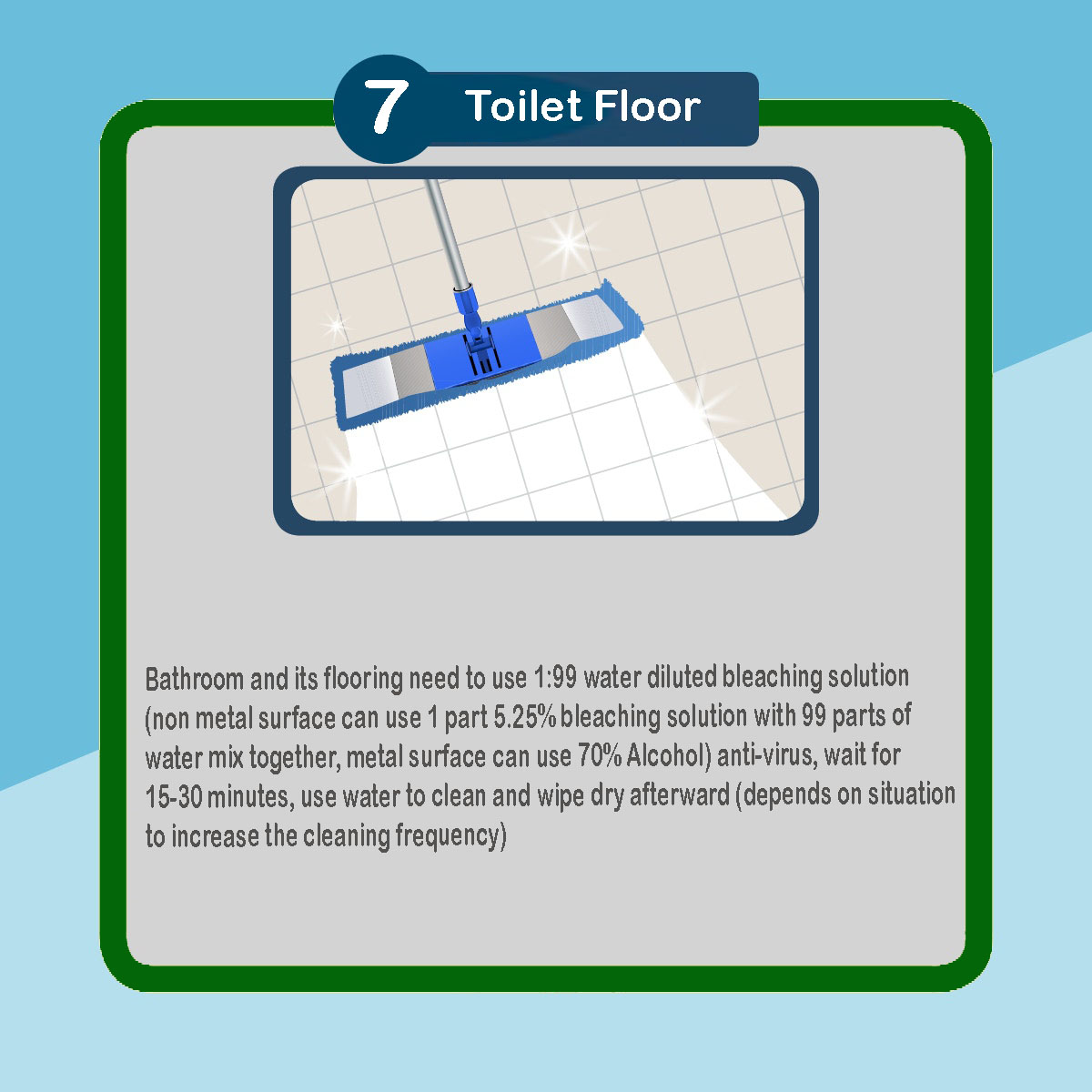Coronavirus prevention: 7 High-risk Spots for Spreading viruses in Your Toilet
For the past months, the number of coronavirus cases all over the world has increased at an alarming rate. Currently, the World Health Organization has reported at least 2 million confirmed cases all over the world with over 140,000 deaths. In the Philippines, there are 7,294 cases as of April 25, 2020, with 494 deaths and 792 recoveries.
While the virus spreads primarily through droplets from an infected person’s coughs, sneezes, saliva, or discharge from the nose, there were cases in HongKong’s regions that officials fear might have transmitted through exhaust pipes.
It started when a 75-year-old man who lives in a high-rise tower (Hong Mei House) got infected with the virus. After over a week, a 62-year-old woman in the same building also got diagnosed with the same virus. These cases were followed by three more which alarmed the health officials in the area.
In 2003, there was a reported outbreak of the SARS at the Amoy Gardens, a residential building complex in Hong Kong, that was caused by some problems found in drainage pipes. Normally, bathrooms with U-shaped traps are made to prevent fluids and odors from coming back. However, in this case, the air from the pipes of the building flowed backward through which started the contamination.
Officials are now looking at the Amoy Gardens outbreak as a reference for what happened to Hong Mei House, which is why sewage drain systems at home should be given attention. Here are some important places that you should be checking right now in your bathroom:
1. The drain pipes behind the toilet.
 Pay attention to your toilet drain. If leakage or foul smell is coming from it, it should immediately be reported. This could be dangerous, and it’s better to seek professional help immediately. You can check out Buildeee’s website for a handful of professionals around your location that can help you out.
Pay attention to your toilet drain. If leakage or foul smell is coming from it, it should immediately be reported. This could be dangerous, and it’s better to seek professional help immediately. You can check out Buildeee’s website for a handful of professionals around your location that can help you out.
2. The toilet bowl.
 When your toilet’s water level went low all of a sudden, the most common reason is a damaged fill tube. This could increase the risk of spreading the virus since this could cause leaks.
When your toilet’s water level went low all of a sudden, the most common reason is a damaged fill tube. This could increase the risk of spreading the virus since this could cause leaks.
To reduce your risk, try not to stay sitting on the toilet for too long and bleach your toilet daily if you can.
Tips on how to properly maintain the cleanliness of your Toilet Bowl:
- Check on the water level remained at the bowl after each flashing. If the water level is too low, please check on the pump as it may cause this issue.
- If the water level is low, make sure to add water, maintain the adequate water level
- Check the pipe connection at the back of the toilet bowl. If there are any water leaks, that means there could be a gas leak. It will increase the chance of the virus spread
- Use diluted 1:99 Bleach Solution to clean the toilet Bowl.
3. The toilet seat cover.
 Coronavirus could spread through “aerosolized poo”. Fecal and urine matters can spread into the air and other surfaces. Therefore, it is important to close the lid and then flush after going, as this could stop around 80% of unwanted particles from spreading.
Coronavirus could spread through “aerosolized poo”. Fecal and urine matters can spread into the air and other surfaces. Therefore, it is important to close the lid and then flush after going, as this could stop around 80% of unwanted particles from spreading.
4. The toilet door handle.
 As much as possible, try to reduce your contact with the door handle of the restroom. Or, if you really need to, wash your hands immediately after 20 seconds to reduce your risk of having the viral infection.
As much as possible, try to reduce your contact with the door handle of the restroom. Or, if you really need to, wash your hands immediately after 20 seconds to reduce your risk of having the viral infection.
5. The trap/plumbing.
 If you have a U-shaped trap, pour water into your drain outlets regularly to prevent the virus from traveling through pipes. If you live in old-style housing estates, the drains are designed on the outer wall and suspected of leaking, find a qualified plumber for inspection and fix the suspected leak. The toilet board must be covered before flushing. Splashing water can create a risk of droplets spreading.
If you have a U-shaped trap, pour water into your drain outlets regularly to prevent the virus from traveling through pipes. If you live in old-style housing estates, the drains are designed on the outer wall and suspected of leaking, find a qualified plumber for inspection and fix the suspected leak. The toilet board must be covered before flushing. Splashing water can create a risk of droplets spreading.
6. The exhaust fan.
 Do not open the exhaust fan for too long, but try to open windows and doors to maintain air circulation. While new buildings, nowadays, come with toilet doors with louver for better ventilation, this is not the case for everyone. Therefore, you must allow fresh air to get inside your house when you can.
Do not open the exhaust fan for too long, but try to open windows and doors to maintain air circulation. While new buildings, nowadays, come with toilet doors with louver for better ventilation, this is not the case for everyone. Therefore, you must allow fresh air to get inside your house when you can.
7. The toilet floor.
 One of the places in your bathroom that gets less attention is the floor. You might want to clean this up regularly as this might get contaminated too. For non-metallic surfaces, use one part of 5.25% bleach with 99 parts of water. For metals, use 70% alcohol.
One of the places in your bathroom that gets less attention is the floor. You might want to clean this up regularly as this might get contaminated too. For non-metallic surfaces, use one part of 5.25% bleach with 99 parts of water. For metals, use 70% alcohol.
There are some good brands in the market that you can consider buying like Clorox and Domex to disinfect your floors. For sealants, Bostik and Elastoseal are great brands to cover up leaks.





